Felling of larch will let more native trees thrive
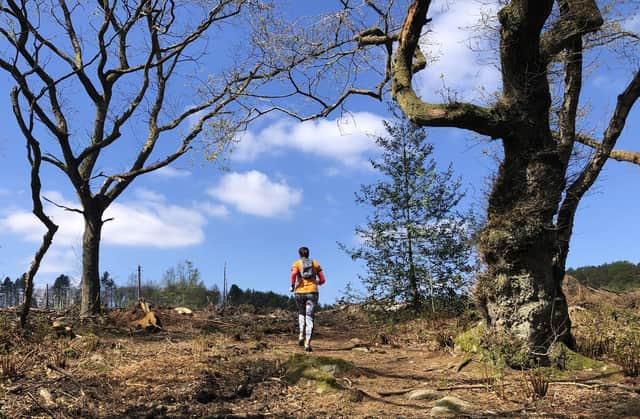

The felling order is due to an outbreak of Phytophthora ramorum, a disease caused by a fungus-like ‘water mould’ which attacks larch trees mainly, but can also affect other species like sweet chestnut.
Last winter the Japanese larch plantation at Rough Standhills near Whirlow was felled due to the same disease. Landowners Sheffield Council now want Rough Standhills to grow back as a more natural broadleaf woodland after the felling of the trees originally planted as a timber crop in the 1950s.
Advertisement
Hide AdAdvertisement
Hide AdNative trees like holly and rowan are already returning naturally this year, and the council will use a Forestry Commission Tree Health Grant to plant around 12,000 new native broadleaf trees at Rough Standhills.
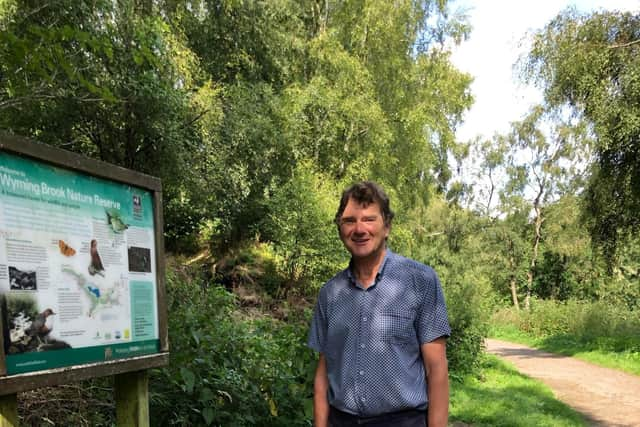

Sheffield Council woodlands officer John Gilpin said he’s hoping to work with community groups like the Friends of Whirlow Brook Park to set up community planting sessions this winter.
Phytophthora ramorum is spread along rivers and watercourses, and by wind-blown rain. Once inside a tree, the mould damages its ability to transfer water, and can kill the tree fairly quickly, said Paul Jarman of Sheffield and Rotherham Wildlife Trust (SRWT) who manage the Wyming Brook site.
Felling work by Yorkshire Water in their plantations around Rivelin Reservoir is likely to begin soon, although SRWT are not planning any work at Wyming Brook until next September.
Advertisement
Hide AdAdvertisement
Hide AdThe small car park off Redmires Road and the main Wyming Brook Drive track down to Rivelin Reservoir will close for a month or more in January or February 2023, so Yorkshire Water can transport the larches out of their plantations.
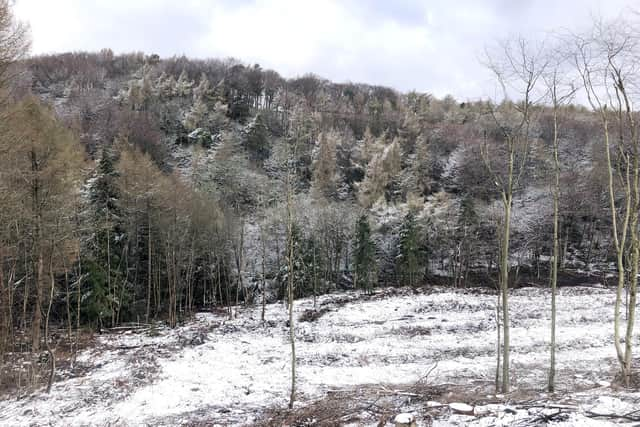

SRWT reserve manager Paul Jarman wants the public to see the environmental benefits of the felling work. The European larch of Wyming Brook, planted little more than a century ago, is not a native species, he said.
“It was planted as an ornamental tree, and the absence of larch will offer more opportunities for native broadleaf species,” he said. There are already many native trees growing near the larch at Wyming Brook, including oak, Scots pine, rowan, birch, hazel, alder and willow.
“So the native seed bank is there, ready to spring up once it has the room and light,” Paul said. "There’ll be a diversity of height and density, it’ll be much more varied than the current larch habitat with tall poles of larch with not a great deal going on beneath them.”
Advertisement
Hide AdAdvertisement
Hide AdEcologist and environmental campaigner Professor Ian Rotherham has spoken out against the disturbance of archaeological remains at Rough Standhills during felling work, and also questions the government’s uncompromising policy of felling all diseased larch.
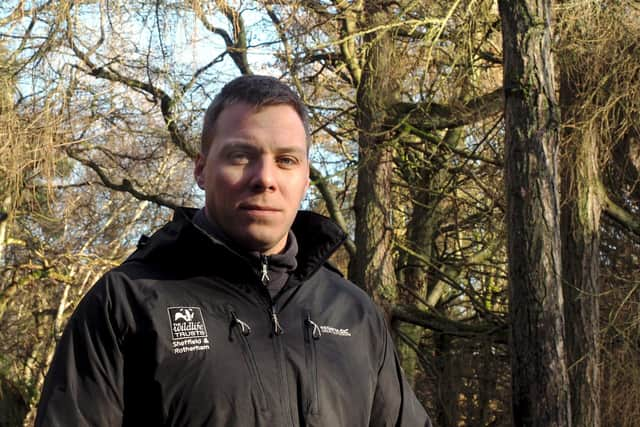

Phytophthora has existed in the UK for thousands of years, he says, so couldn’t the Forestry Commission consider a less drastic policy when the climate is becoming so harsh for trees and wildlife, perhaps allowing more larch trees to develop resistance to any new strains?
Paul Jarman said Professor Rotherham is not wrong to ask such questions. But in the meantime, the government order to fell has to be followed, by law.
SRWT say they’ll use hand felling and winching rather than large machines in the Wyming Brook gorge, and aim to keep other paths open while Wyming Brook Drive is closed.
Advertisement
Hide AdAdvertisement
Hide AdPaul Jarman sees the change as an opportunity for local wildlife, not least because the south bank of Wyming Brook includes a ‘Site of Special Scientific Interest’ and reducing non-native larch could improve its status by favouring native tree, insect and bird species, which like the varied ‘scrub’ habitat that will emerge.
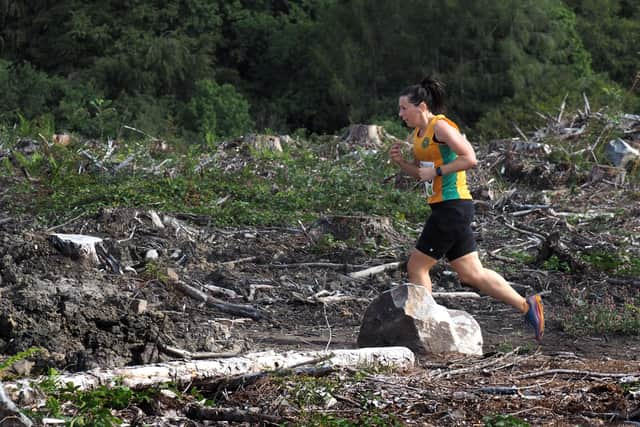

“It’ll take some getting used to, but I see this in a positive way,” said Paul. “The wildlife isn’t going anywhere, and there’ll be more opportunity to increase the diversity of that wildlife.”
For updates on Wyming Brook see: https://www.wildsheffield.com/wyming-brook-works/